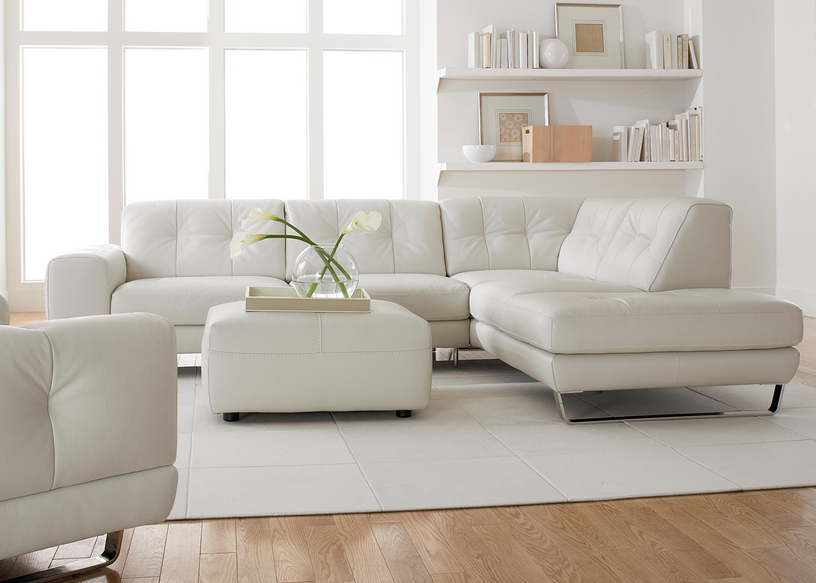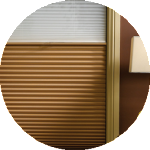
PLEASE NOTE: This article originally featured in the February 2015, Bayview On-Site Newsletter. It was such great information we had to share.
Look under the cushions of a typical piece of upholstered furniture and you will find one or more tags. You probably don’t give them much through, but understanding the information they contain may save you money. Let’s explain some things you might see on these tags.
THE INSIDE
Tags may have phrases like “100%” new polyurethane foam”, or “spun polyester”. This tag tells you what is inside the furniture. This label is required by law because years ago, unscrupulous manufactures would use old rags, clothing, sponges, recycled mattresses and other potentially contaminated materials to fill upholstered furnishings.
FABRIC COVERINGS
The outside is of more concern as this is where stains show. However, rarely will you find a tag that reveals the fiber content of the fabric covering. Many fabrics are blends, and since the furniture manufacturer chooses fabrics for style rather than performance, they are unaware of or uninterested in knowing the content of the covering. This can create problems for consumers who want to know how best to care for the fabrics because every fiber is different, and has its own characteristics. A cleaning agent that works great on a Herculon sofa may produce disastrous damage to one covered in cotton chenille.
Shrinkage, browning, dye bleed, color loss, and even fiber deterioration can occur if improper cleaning agents are applied. Blotting up spots and spills quickly is important, but sometimes you don’t notice until after the spot has dried. In these cases it is important that you look for the cleaning tag.
CLEANING RECOMMENDATIONS
Most upholstered furniture will have a tag marked “Cleaning Recommendations”. This tag should include an indication of the recommended procedure for maintenance and routine cleaning. As part of this tag you will often find a cleaning code.
Note that improper selection of cleaning agents or methods can lead to permanent damage of the fabric. The cleaning Recommendations tag is designed to help choose the right cleaning and spotting methods to avoid bleeding, color-loss, shrinkage and browning.
Here are the cleaning codes and their meaning:
W – Spot clean only with water based shampoo or foam upholstery cleaner. Do not over wet. Do not use solvents.
S – Spot clean only with a water-free dry cleaning solvent. Pretest a small, inconspicuous area before proceeding. Do not saturate. DO NOT USE WATER.
WS or SW – Spot clean with upholstery shampoo, foam from a mild detergent, or mild dry cleaning solvent.
X – Clean only by vacuuming or light brushing with a non-metallic stiff bristle brush. DO NOT USE ANY WATER OR SOLVENT BASED CLEANER.
When cleaning any spill, blot immediately to remove spilled material. Clean spots or stains by working from the outside to the middle of the affected area to prevent spreading the spot and making it larger. Cushion covers should never be removed for cleaning. If you do this, you risk shrinking the cover or the cover may lose its shape and no longer fit on the cushion. When your upholstered furniture requires a full cleaning Bayview On-Site can identify the safest and most effective method to clean your furnishings without risk of changing the color, texture or finish.




